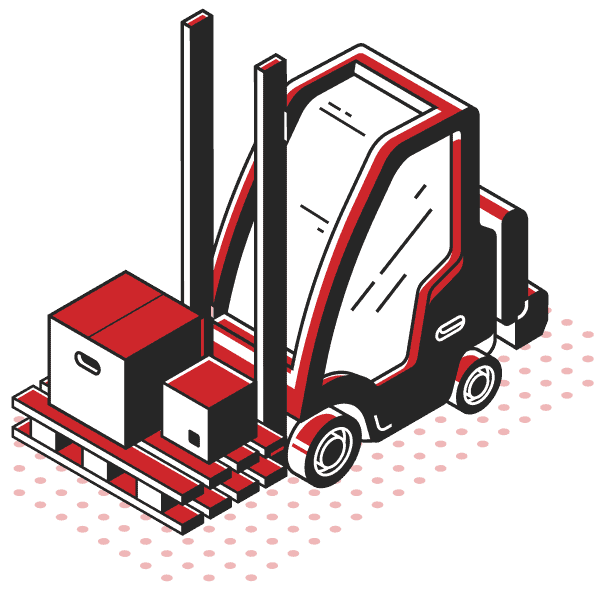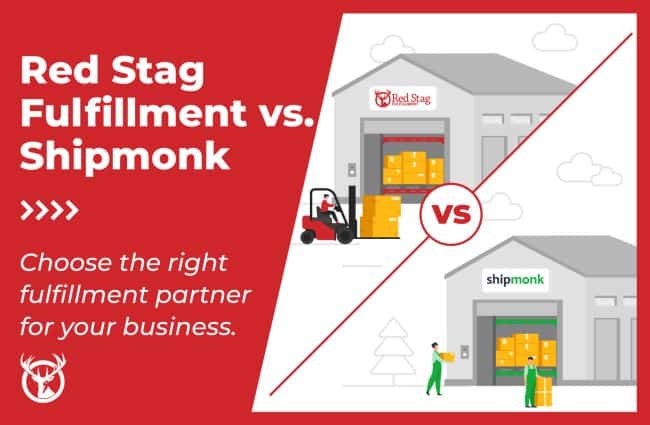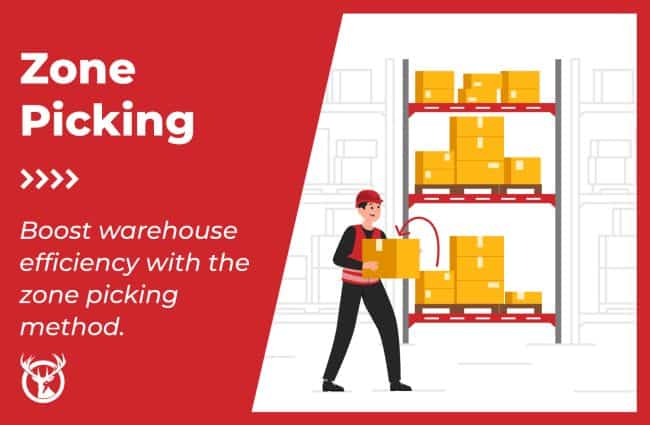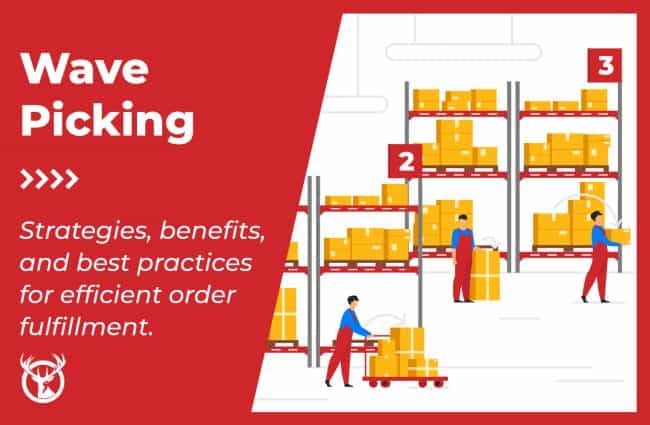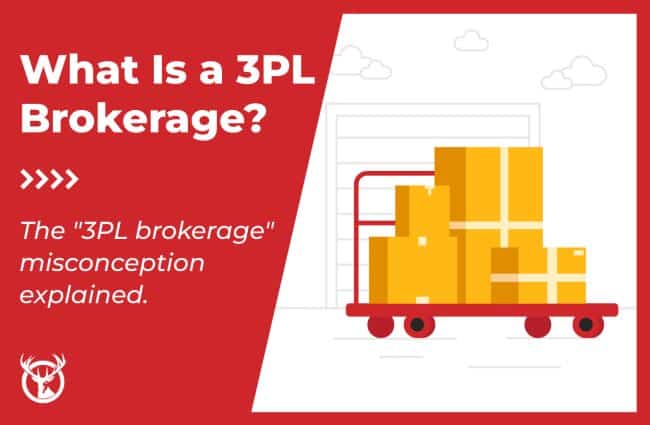order fulfillment
Learn how to optimize fulfillment operations
Looking to make your order fulfillment smoother? Find practical advice on choosing the right partners, setting up efficient systems, and delivering better customer experiences—all while keeping your operational costs in check.
